#ancient statues
Explore tagged Tumblr posts
Text

Archaeologists Uncover Two Life-Size Statues Carved Into the Wall of a Tomb in Pompeii
The figures appear to represent a married couple. Experts think the woman, who is holding laurel leaves, may have been a priestess.
Two nearly life-size statues have been discovered inside a cemetery in Pompeii, the ancient Roman city destroyed by Mount Vesuvius’ eruption in 79 C.E. Experts think the figures are a funerary relief depicting a couple once buried at the site.
The statues adorn the wall of a tomb found in a necropolis near Porta Sarno, one of Pompeii’s city gates, according to a statement from Pompeii Archaeological Park. The cemetery is filled with cremation burials. Carved into the tomb’s wall are several niches that once held funerary urns, as well as a carved relief depicting a woman and man standing side by side.
As researchers write in the park’s digital magazine, the sculptures were likely carved during Rome’s Late Republican period (between the second and first century B.C.E.). Tombs of this kind are rare in southern Italy.
The researchers theorize that the funerary sculptures represent a married couple, though they say they can’t be certain. “This could be her husband, but it could also be her son,” Gabriel Zuchtriegel, director of the archaeological park, tells the Guardian’s Angela Giuffrida. “There was no inscription, so we don’t know.”
The male figure wears a simple toga, while the woman wears a large cloak over a tunic and many accessories. Her carved jewelry includes amphora-shaped earrings, a wedding ring, bracelets and a necklace with a lunula pendant (in the shape of a crescent moon). As the researchers write, Roman girls wore lunula amulets until marriage to protect themselves from evil.

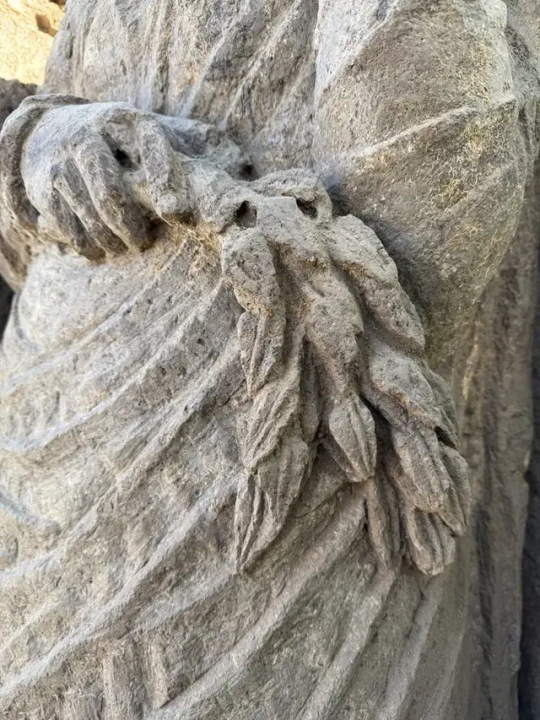
In her right hand, the female figure holds laurel leaves, which Roman priestesses and priests once used to purify spaces. In her left hand, she holds a cylindrical container that may represent a scroll.
“She really looks like a very important woman in the local elite,” Zuchtriegel tells the Guardian. “There is also this idea that she could have been a priestess of Ceres, holding these plants and what appears to be a papyrus roll.”
Ceres is the Roman goddess of agriculture, fertility and motherhood. In Roman religion, she was symbolically connected to the moon, as its phases were thought to correspond with harvests, which could explain the female statue’s lunula pendant, per the journal.
“Since women in Roman society were commonly relegated to the domestic sphere and to the tasks of the Roman matron, being a priestess was the highest social rank to which a woman could aspire,” write the researchers.
As leaders of religious cults, priestesses “would have overseen rituals in temples and taken part in processions dedicated to Ceres,” Sophie Hay, a British archaeologist working at Pompeii, tells the Telegraph’s Nick Squires. “She was the goddess of agriculture and cereals but she was also associated with fertility and new life. She was widely revered.”
The funerary reliefs’ age and quality alone make them rare finds. However, the fact that the female figure may represent a priestess holding religious objects makes the discovery exceptional, as the researchers write. The statue also offers valuable insight into the religious practices of Pompeii’s ancient residents, providing new evidence that Ceres “has a clear place in the officially sanctioned religion in Pompeii, with a dedicated priestess.”
Later this month, the funerary reliefs will be displayed in an exhibition at the archaeological park called “Being a Woman in Ancient Pompeii.” Visitors will be able to observe as experts clean and conserve the sculpted figures.
By Sonja Anderson.



#Archaeologists Uncover Two Life-Size Statues Carved Into the Wall of a Tomb in Pompeii#Pompeii#Porta Sarno#republican period#ancient tombs#ancient graves#grave goods#ancient statues#ancient sculptures#ancient artifacts#archeology#history#history news#ancient history#ancient culture#ancient civilizations#roman history#roman empire#roman art#ancient art
148 notes
·
View notes
Text

idk why i drew this
#ancient sumeria#history#mesopotamia#ancient history#ancient statues#art#the epic of gilgamesh#sumerian
72 notes
·
View notes
Text

The ever so impressive Artemis of Ephesus.
Fun fact; the original statue was lost, in probably a fire around 2000 years ago. Temple of Artemis was prone to floodings, fires, and was structurally compromised, but wasn't moved because it was built on holy grounds. The original statue was most likely made of wood and did not survive a fire. After that many more statues were made, but these are considered copies. This lady here is a copy too.
Artemis of Ephesus is vastly different from the regular Artemis who is a huntress. This is because Ephesus had It's own goddess deity which was merged with Artemis in time and became a local version that was only worshipped by people of Ephesus. Her symbol is the "bee" and she is also a goddess of fertility unlike the regular Artemis.
And the boob like structures around her torso is less likely to be boobs and more likely to be symbols of fertility for the people of Ephesus: bull testicles or bee eggs. In some other statues these structures are more clearly breasts, for example "the Fountain of Diana" in Sicily.
Her crown symbolizes the city she protects. She has depictions of animals she protects and rules all over her body, along with symbols of fertility and a Zodiac wheel.
#archeology#ancient history#ancient greece#ephesus#artemis#artemis of ephesus#fun history#history#interesting#goddess#statue#ancient statues#photography#photoblog#photooftheday#beautiful photos#photography blog#lensblr#photographers on lensblr#turkish photographer#turkey
82 notes
·
View notes
Text

Statue of a Victorious Youth, Greek, 300–100 B.C.
Bronze with inlaid copper
59 5/8 × 27 9/16 × 11 in., 142 lb.
The J. Paul Getty Museum, Villa Collection, Malibu, California
A naked youth stands with his weight on his right leg, crowning himself with a wreath, probably olive. The olive wreath was the prize for a victor in the Olympic Games and identifies this youth as a victorious athlete. The eyes of the figure were originally inlaid with colored stone or glass paste, and the nipples were inlaid with copper, creating naturalistic color contrasts. Found in the sea in international waters, this statue is one of the few life-size Greek bronzes to have survived; as such, it provides much information on the technology of ancient bronze casting.
#ancient art#ancient sculpture#ancient bronze#antiquities#antiquity#ancient greek#ancient greece#fine art#olympics#olympic games#getty villa#getty museum#ancient statues#greece#greek bronze#bronze sculpture#bronze statue#bronze#bronze figure#life size#athlete#male athletes
90 notes
·
View notes
Text

Towcester Romano-Native Limestone Head, The British Museum, London
#romans#roman empire#roman#archaeology#ancient living#ancient cultures#ancient statues#towcester#Romano-Native#british museum#history#head#stone carving
44 notes
·
View notes
Text

Hermafrodit Aphrodite - form ancient Greece
14 notes
·
View notes
Text






peekaboo
#mine#my photos#centrale montemartini#rome#museum#ancient statues#roman statue#sony alpha#sony a7iii#manual focus#voigtlander#40mm
19 notes
·
View notes
Text

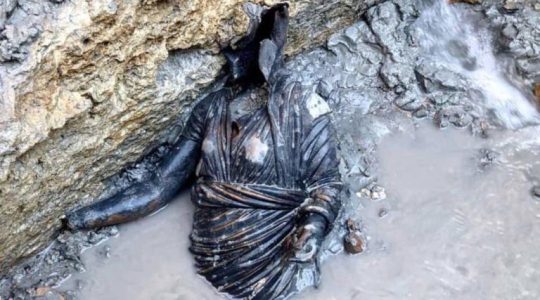
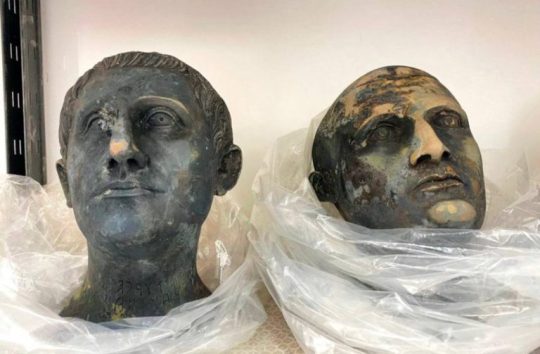
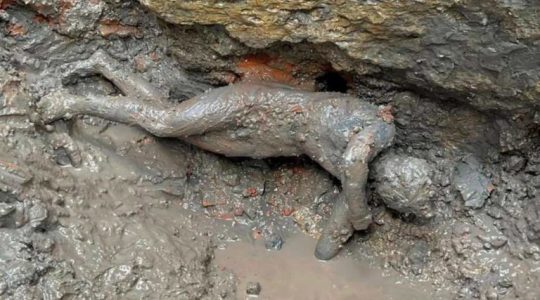
More of the statues uncovered at San Casciano dei Bagni.
Source
#San Casciano dei Bagni#ancient rome#italy#ancient art#ancient statues#archaeological dig#archaeology
293 notes
·
View notes
Text

#greek gods#my collection#greek mythology#dionysus#antinous#apollo#venus#ancient greece#ancient statues#bust
9 notes
·
View notes
Text




hellenistic statues ☁️
izmir, 2024
#mine#dark academia aesthetic#light academia#dark academia#light academia aesthetic#academia#photography#ancient architecture#ancient greek#ancient rome#statue#ancient statues#hellenism#hellenistic
42 notes
·
View notes
Text










Got to go back to Napoli Museo Archeologico. Best museum in the world.
#napoli#naples#archaeology#ancient rome#gladiators#hadrian#mercury#apollo#ancient#ancient statues#ancient artifacts#pv#pollice verso#pv vibes
4 notes
·
View notes
Text

Statue Discovered at Greece’s Ancient Site of Philippi
A large public building with a statue depicting a young male built onto its wall, workshops, residences and thermal baths are only some of the new and glorious discoveries that have been recently unearthed at the archaeological site of ancient Philippi in northern Greece.
The ancient structures were discovered by archaeologists during ongoing works to install a fire safety and water distribution network at the sprawling site. The finds will shed even more light on the secrets and the past glory of the ancient city of Philippi, established in 356 BC by the King of Macedon and father of Alexander the Great, Philip II.
Archaeologists have long believed that Philippi was adorned by magnificent buildings and that the city had gained extraordinary fame after its establishment. During the current works at the Philippi site a geophysical method capable of detecting buried walls while guiding the pipelines without disturbing any of the antiquities was employed.

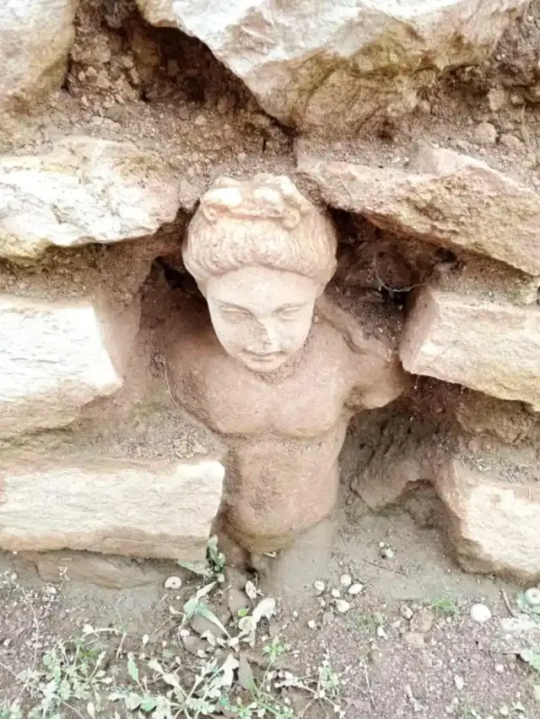

The ancient city of Philippi
Philippi was established in 356 BC by the King of Macedon, Philip II, on the site of the Thasian colony of Crenides near the head of the Aegean Sea. It developed as a “small Rome” with the establishment of the Roman Empire in the decades following the Battle of Philippi in 42 BC. Centuries later, it was abandoned after the Ottoman conquest of the 14th century. The present municipality of Filippoi is located near the ancient city’s ruins and is part of the region of East Macedonia and Thrace in Kavala, Greece.
The ancient city is currently the most vital archeological site in the region. However, the first excavations did not begin until the summer of 1914 and were soon interrupted by World War I. Between 1920 and 1937, archeologists unearthed the Greek theater, forum, baths and city walls. Following World War II, Greek archeologists returned to the site, uncovering multiple public buildings.
By Filio Kontrafouri.
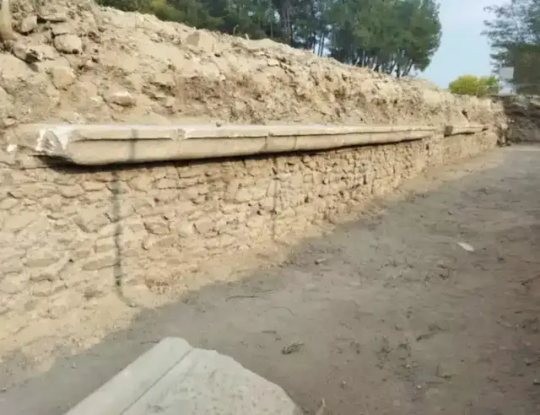
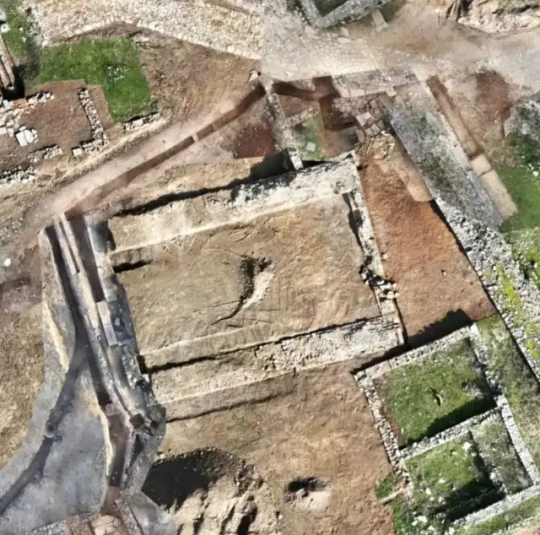
#Statue Discovered at Greece’s Ancient Site of Philippi#ancient city of Philippi#statue#ancient statues#ancient sculpture#ancient artifacts#archeology#archeolgst#history#history news#ancient history#ancient culture#ancient civilizations#ancient greece#greek history#greek art#ancient art
45 notes
·
View notes
Text








Some other artifacts from Ephesus.
What's so significant about this location is the fact that it was home to many different, great civilizations including ancient greeks, imperial romans and early christians, and it is said to be founded by Amazonians. It was first built in 10th century BC, but recent excavations stretched the timeline all the way back to 6000 BC. The intricate works made out of stone, ivory, clay, marble, copper and gold carry the fingerprints of so many different cultures. It's hard not to feel amazed by such a big piece of human history while walking around.
Tiny cups with powder are make-up containers. Just imagine the greek or roman woman who use these to have her make-up done, and go out to see the play in the great theatre nearby, which had the capacity of 20k people! Right below them are surgical tools, crafted in great detail.
Tiny egyptian priest statute is a bonus and was a lovely surprise to see here. It was naturally a low-light environment so the photos aren't excellent, but I did my best.
#ancient statues#ancient history#ancient greece#ancient egypt#ancient rome#ancient civilizations#ephesus#ancient artifacts#ancient art#statues#photography#archaeology#amazonian#history#fun history#photography blog#history geek#history nerd
42 notes
·
View notes
Text

Impressions from Persepolis, Iran 1954
ph. Helen Keiser
3 notes
·
View notes
Photo
Classical Ancient Statue | Greek Woman
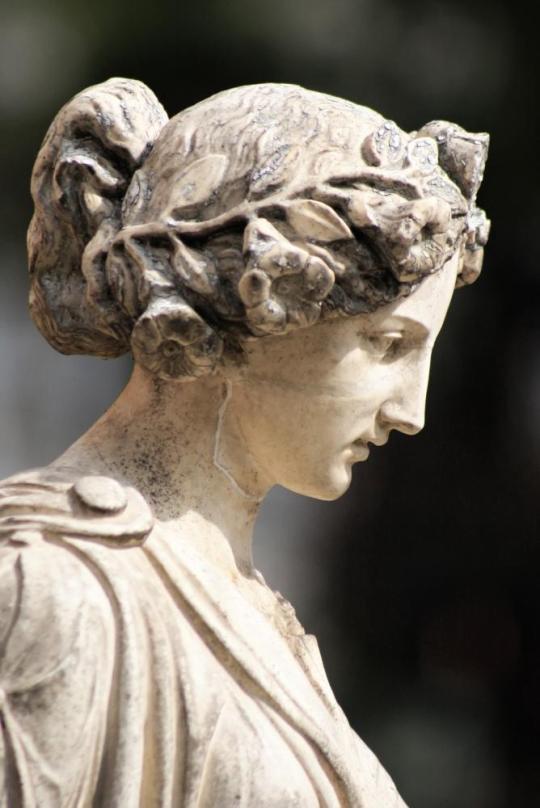
1K notes
·
View notes
Text

The Togatus Barberini group, a funerary statue depicting a Roman senator holding the imagines maiorum (effigies) of his politically successful ancestors.
Late 1st century BCE, head (not original) middle 1st century BCE.
Centrale Montemartini, Rome.
Image source. Photo credit: Carole Raddato.
22 notes
·
View notes